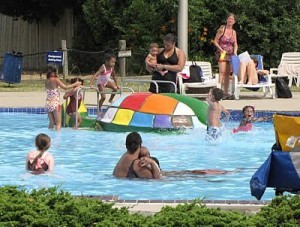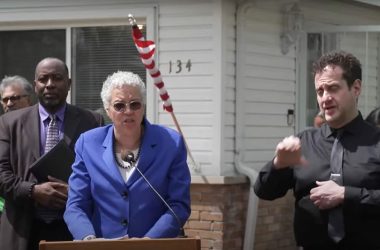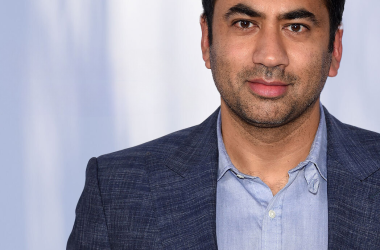
Park Forest, IL-(ENEWSPF)- Expenditures for the upcoming fiscal year are expected to top $52 million, that according to budget the transmittal letter for the proposed budget from Village Manager Tom Mick and Deputy Village Manager/Finance Director Mary Dankowski.
Budgeted revenues are at $50,808, 966. These figures are for all funds except the Library Fund.
From the letter, “Beginning in 2008, the nation felt the impact of a financial market that was in crisis. The ripple effect for the Village of Park Forest was reduced income tax receipts because of high unemployment, a decline in the Village commercial base reducing utility taxes, sales tax and water and sewer revenue. In addition, the housing market crisis stgalled potential housing developments, and reduced building permit fees and real estate transfer taxes. A commercial retail center was sold and then reacquired without any redevelopment. It has now been demolished. In addition, the increased number of vacant and foreclosed homes requires additional maintenance and monitoring costs.”
Among the potential housing developments referred to in the letter is the property where Hidden Meadows Golf Course once stood. Prior to 2008, extensive discussion had occurred by the Village Board as well as the Plan Commission. There was also further development planned in the parking lot and grassy areas surrounding Village Hall and the then former Marshall Fields building.
The commercial center that was sold and then reacquired without any redevelopment is the former Norwood Square, now a grassy field at the intersection of 26th Street and Western Avenue.
The letter also mentions several positive moves the Village has made, including “land banking, a Crime Free Housing Ordinance and a vacant property registration requirement, grant seeking efforts, infrastructure projects and major planning studies.”
“These initiatives include both cost and cost saving features,” according to the document.
Assessing Core vs. Non-Core Services
On the docket over these next several budget review sessions will be a review of non-core services, “services going beyond what comparable communities provide to address resident needs and support Village philosophies.”
Non-core services up for review include:
- Aqua Center
- Tennis & Health Club
- Freedom Hall
- Health Department
- Housing Authority
- Municipal Parking Lots
- Certain Recreation & Parks Programs and Infrastructure
- Taxi Service
These services will be evaluated using the “Triple Bottom Line” (TBL) approach, according to the letter.
So what is the “Triple Bottom Line” approach to evaluating services?
According to the letter, “This sustainability concept incorporates social, environmental and financial impacts. These three dimensions are also called the three P’s [sic]: people, planet and profits. The profit measures will be the easiest to present. The social welfare and ecological health issues will be a bit more subjective.”
The phrase “the triple bottom line” was first coined in 1994 by John Elkington, the founder of a British consultancy called SustainAbility. His argument was that companies should be preparing three different (and quite separate) bottom lines. One is the traditional measure of corporate profit—the “bottom line” of the profit and loss account. The second is the bottom line of a company’s “people account”—a measure in some shape or form of how socially responsible an organisation has been throughout its operations. The third is the bottom line of the company’s “planet” account—a measure of how environmentally responsible it has been. The triple bottom line (TBL) thus consists of three Ps: profit, people and planet. It aims to measure the financial, social and environmental performance of the corporation over a period of time. Only a company that produces a TBL is taking account of the full cost involved in doing business.
In some senses the TBL is a particular manifestation of the balanced scorecard. Behind it lies the same fundamental principle: what you measure is what you get, because what you measure is what you are likely to pay attention to. Only when companies measure their social and environmental impact will we have socially and environmentally responsible organisations.
So, among the issues the board will be considering, should the Aqua Center, Tennis & Health Club, Freedom Hall, Health Department, Housing Authority, Municipal Parking Lots, “Certain Recreation & Parks Programs and Infrastructure,” and the Taxi Service continue to operate according to the TBL? Do these services measure up to the three Ps?








